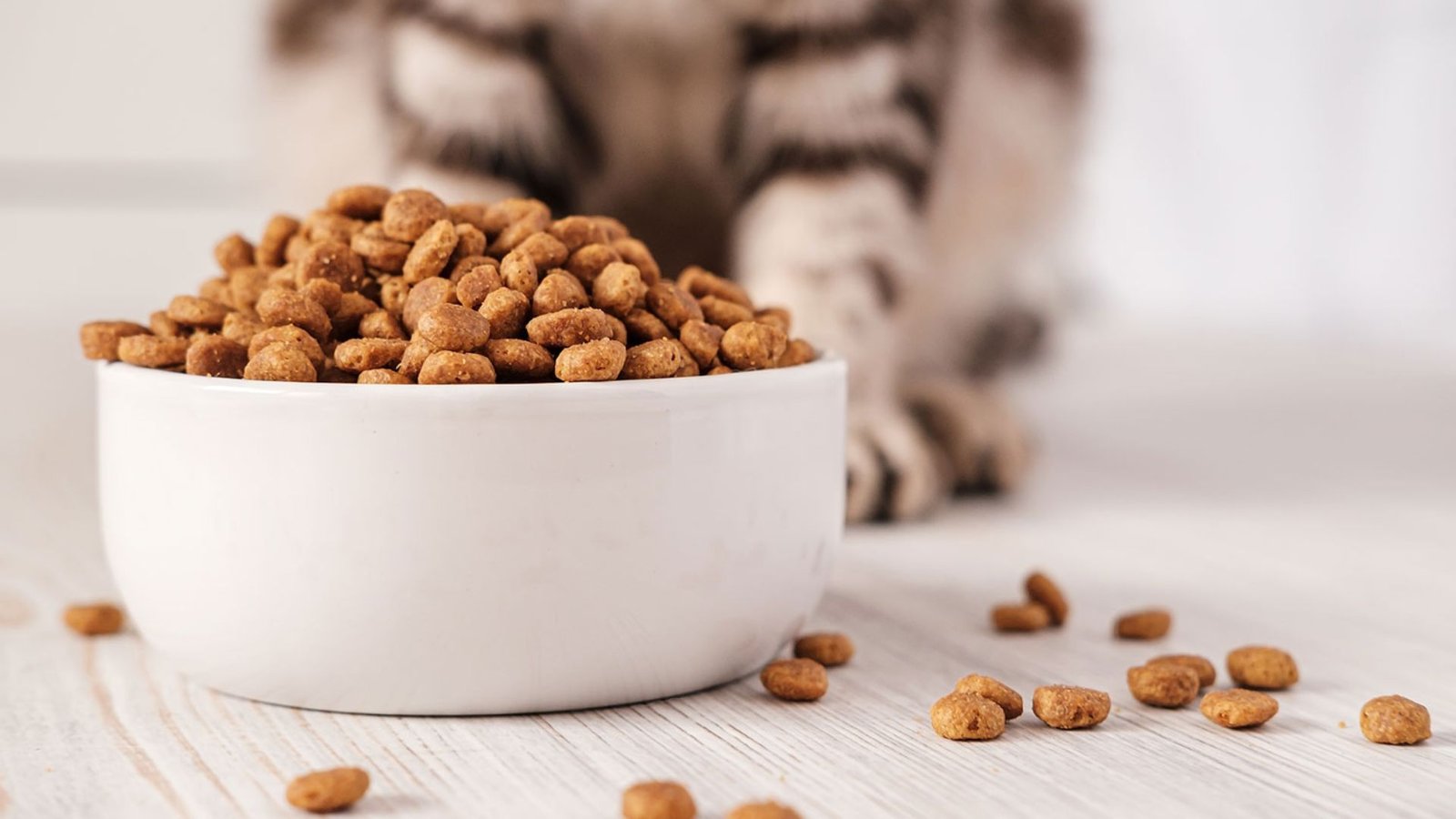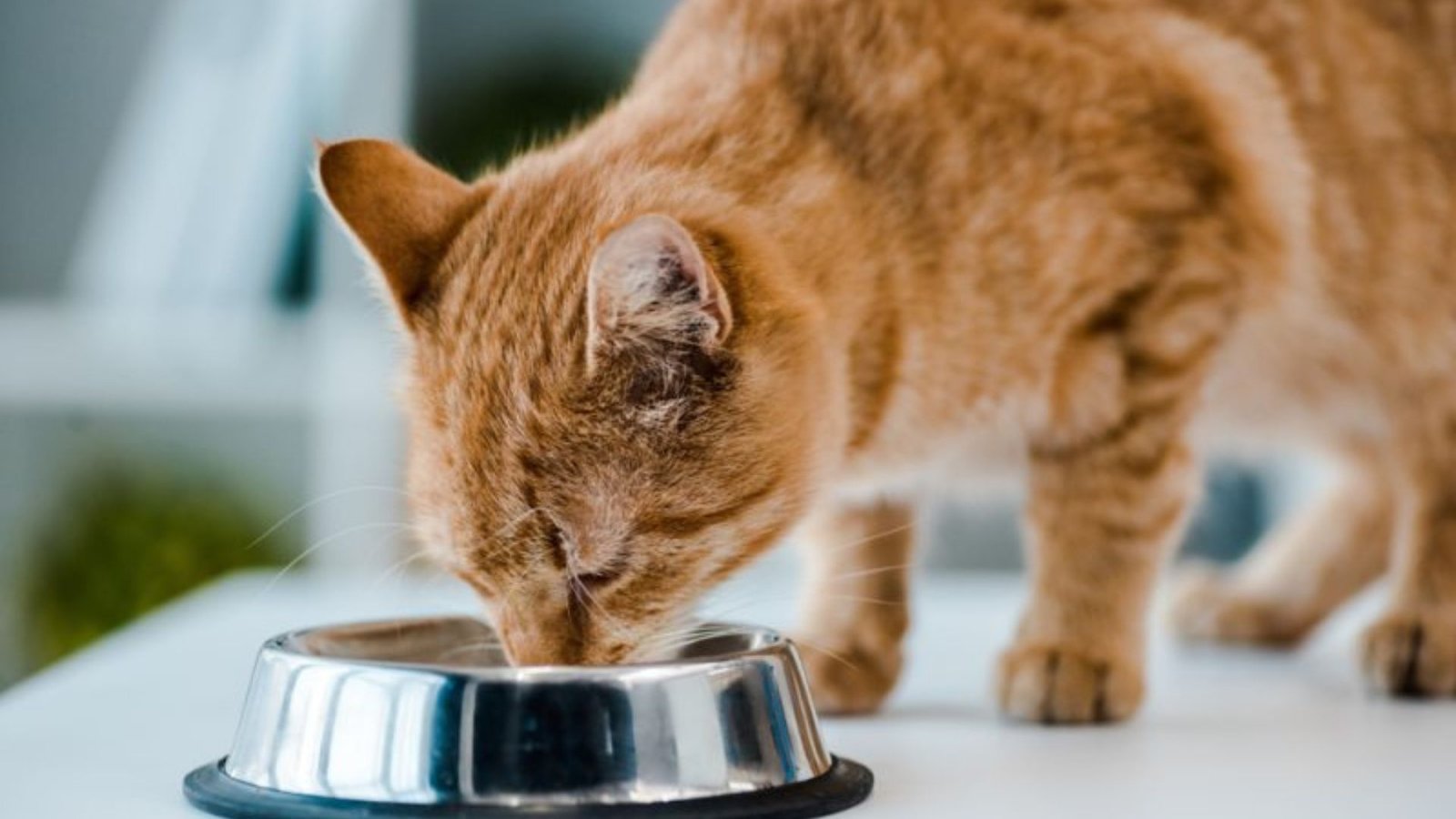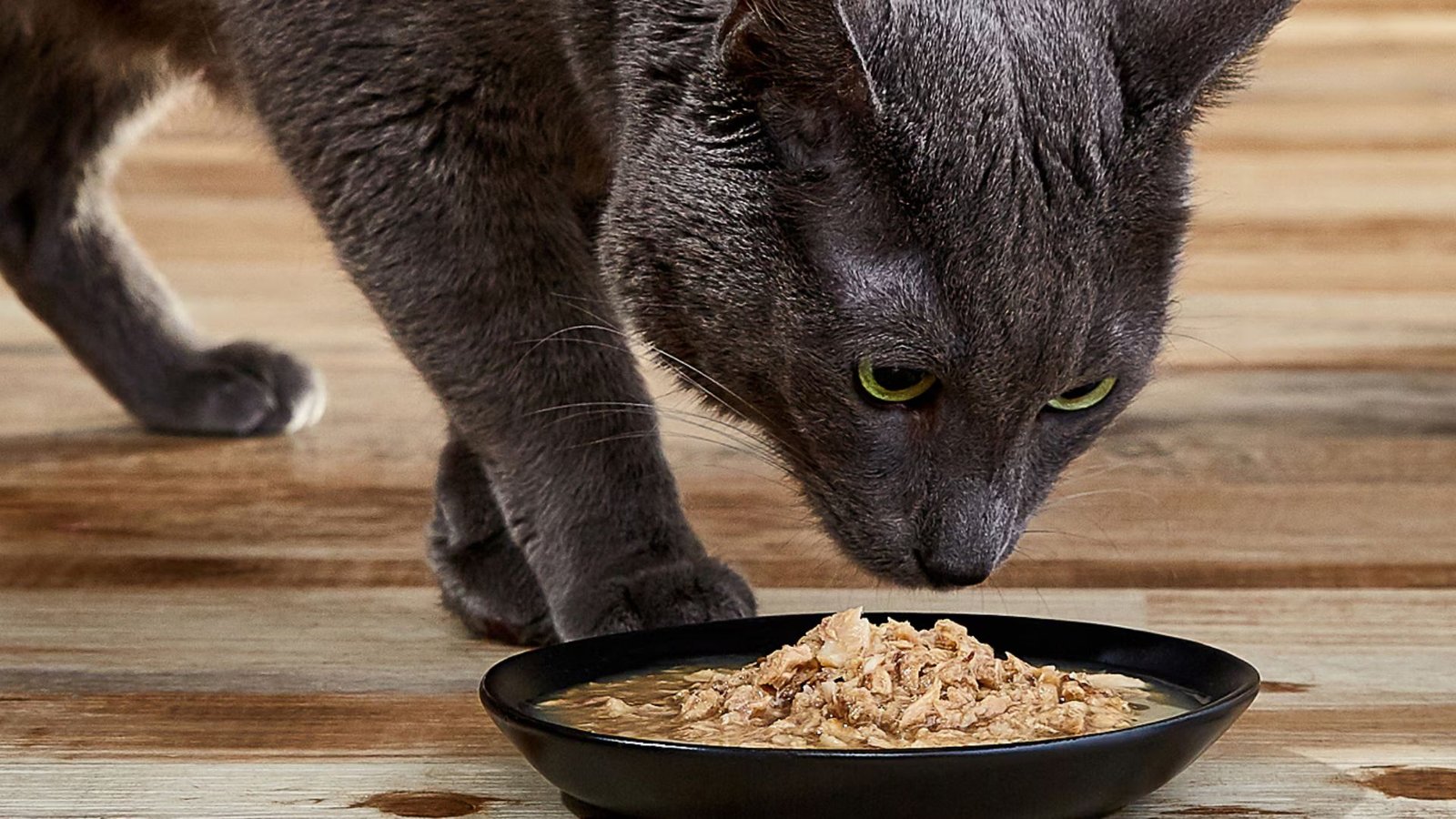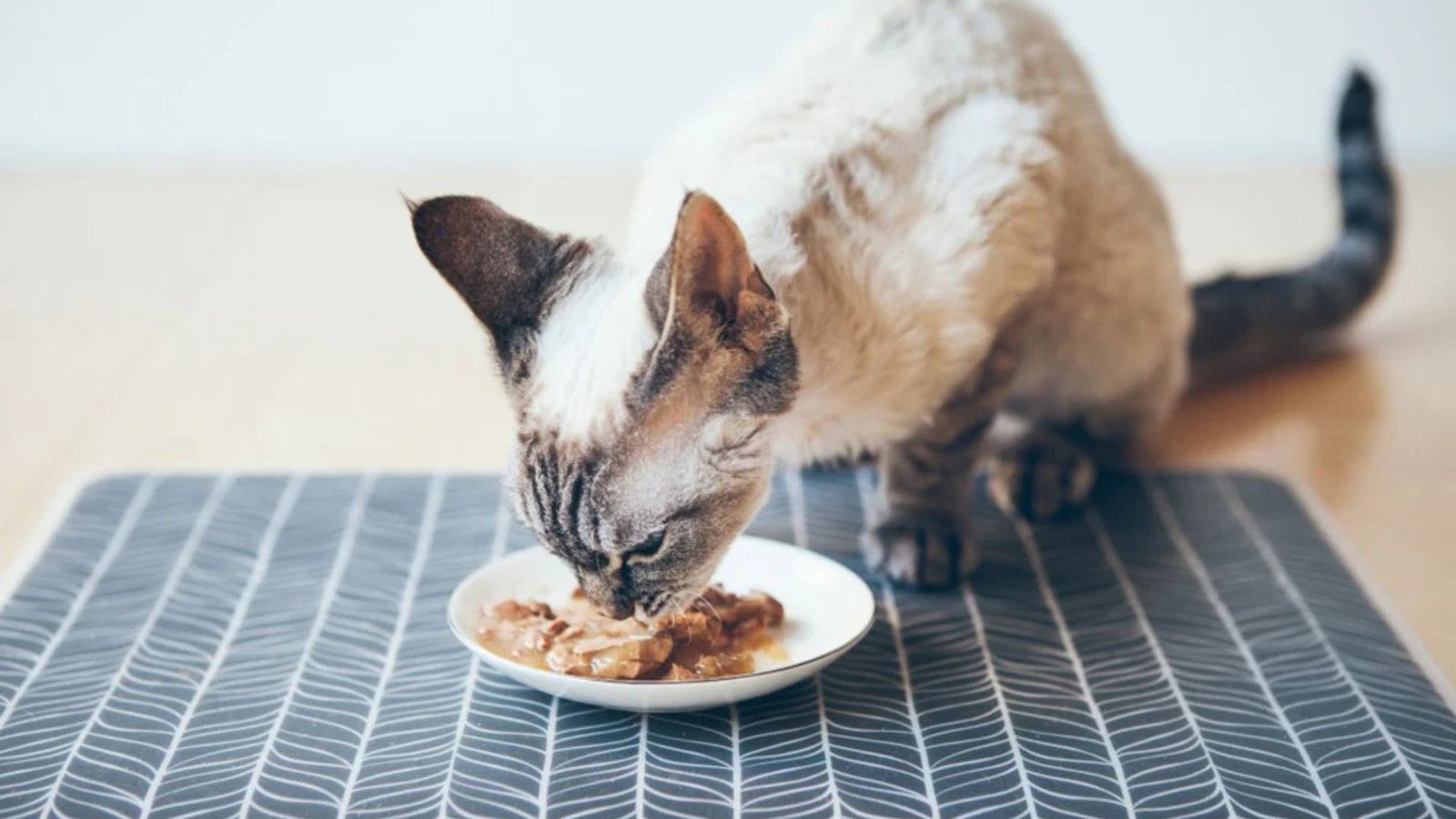Choosing the right cat food is crucial for your cat’s health and well-being. With so many options available, it can be overwhelming to pick the best one. But by understanding your cat’s specific needs and knowing what to look for, you can select a food that will provide them with the nutrients they need to thrive. Here’s a simple guide to help you choose healthy cat food for your pet.
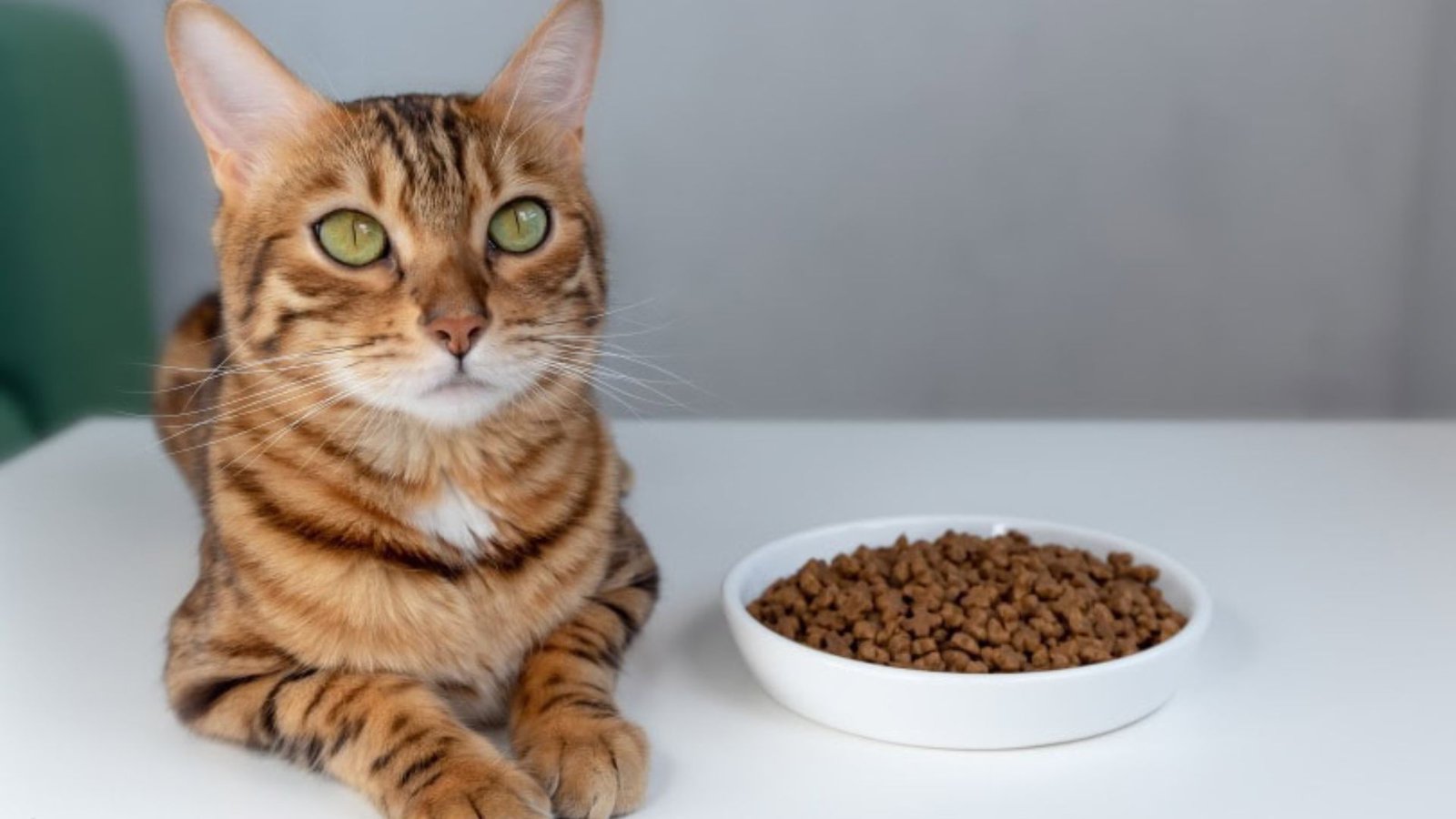
1. Understand Your Cat’s Nutritional Needs
Cats are obligate carnivores, meaning they need a diet rich in animal-based proteins to stay healthy. The right food should provide a balanced mix of protein, fat, carbohydrates, and essential vitamins and minerals.
Key Nutrients to Look For:
- Protein: Protein from high-quality animal sources like chicken, turkey, or fish is essential for muscle growth and maintenance.
- Fat: Healthy fats provide energy and help with skin and coat health.
- Taurine: This amino acid is vital for heart health, vision, and overall well-being.
- Vitamins and Minerals: Cats need a variety of vitamins and minerals to support their immune system, bones, and metabolism.
2. Choose High-Quality Protein
Protein is the most important part of your cat’s diet. Always look for food where the first ingredient is a high-quality animal protein, such as chicken, turkey, or beef. This ensures that your cat is getting the protein it needs to thrive.
- Look for Specific Animal Protein: Avoid vague terms like “meat” or “poultry” — these can come from lower-quality sources.
- Avoid Fillers: Stay away from foods with excessive fillers like corn, wheat, or soy. These ingredients provide little nutritional value and can upset some cats’ stomachs.
3. Check for Quality Fats
Fats are important for energy, and they also help with the absorption of fat-soluble vitamins. Look for healthy fat sources like chicken fat or fish oil, which provide essential fatty acids (like Omega-3s and Omega-6s) that promote healthy skin and a shiny coat.
- Avoid Artificial Fats: Avoid foods with artificial fats or “animal fat,” as these can be of lower quality and less nutritious.
4. Look for Limited Ingredients if Your Cat Has Sensitivities
If your cat has food sensitivities or allergies, choosing a limited ingredient diet can help. These foods contain fewer components, making it easier to pinpoint and avoid allergens.
- Limited Ingredient Diet (LID): Look for formulas with a single animal protein and minimal carbohydrates. This can help reduce the risk of allergies and digestive upset.
5. Pick a Brand with a Good Reputation
Choosing a reputable brand is one of the easiest ways to ensure your cat is eating high-quality food. Look for brands that prioritize nutrition and transparency, and check if they follow guidelines set by the Association of American Feed Control Officials (AAFCO).
- Trusted Brands: Popular brands like Hill’s Science Diet, Royal Canin, Wellness, and Blue Buffalo are well-known for their commitment to quality ingredients and balanced nutrition.
- Check for AAFCO Certification: The AAFCO ensures that the food meets the minimum nutritional requirements for cats.
6. Consider Wet vs. Dry Food
Both wet and dry cat food can be healthy, but they have different benefits.
Wet Food:
- Hydration: Wet food is great for keeping your cat hydrated, as it contains a high moisture content.
- Better for Cats with Dental Issues: Wet food is easier to chew, especially for senior cats or cats with dental problems.
Dry Food:
- Convenience: Dry food is more convenient, especially if you have a busy schedule. It can be left out longer and doesn’t spoil as quickly.
- Helps With Dental Health: The crunchy texture of dry food can help reduce plaque buildup on your cat’s teeth.
You can also mix both wet and dry food to give your cat the best of both worlds.
7. Avoid Artificial Additives and Preservatives
To ensure you’re feeding your cat the healthiest food, avoid foods that contain artificial colors, flavors, and preservatives. These additives offer no nutritional benefit and may cause health issues over time.
- Look for Natural Preservatives: Opt for foods with natural preservatives like mixed tocopherols (Vitamin E) or ascorbic acid (Vitamin C) instead of artificial preservatives.
8. Check for Fiber and Carbohydrates
While cats don’t require a lot of carbohydrates, some fiber can be beneficial for digestive health. Fiber helps regulate digestion and can prevent constipation or diarrhea.
- Fiber Sources: Look for fiber from whole vegetables, like pumpkin or sweet potato, rather than from grains or fillers.
- Carb Content: Cats don’t need a high-carb diet, so make sure carbohydrates come from healthy sources like vegetables or fruits, not grains like corn or wheat.
9. Consult Your Veterinarian
If you’re ever unsure about what food to choose for your cat, it’s a good idea to consult with your veterinarian. Your vet can help you select the best food for your cat’s age, breed, size, and health condition.
- Special Needs: If your cat has a medical condition (e.g., diabetes, kidney disease, or obesity), your vet may recommend a specific food that’s better suited for their needs.
10. Monitor Your Cat’s Health
Once you’ve chosen a healthy cat food, pay attention to how your cat reacts to the food. Signs of a healthy diet include:
- Healthy Weight: Your cat should maintain a healthy weight, neither too thin nor overweight.
- Shiny Coat: A healthy coat is a good sign of balanced nutrition.
- No Digestive Issues: Healthy digestion should result in firm stools and regular bowel movements.
- Good Energy Levels: Your cat should be active and alert, with a good appetite.
If you notice any signs of allergies, digestive upset, or weight changes, you may need to adjust their diet or consult your veterinarian.
Conclusion
Selecting healthy cat food doesn’t have to be overwhelming. Focus on high-quality, protein-rich foods with minimal fillers and artificial additives. Whether you choose wet food, dry food, or a combination of both, always prioritize your cat’s specific needs. By paying attention to ingredients, reading labels, and consulting your vet, you can ensure that your cat gets the nutrition they need for a long, healthy life.

